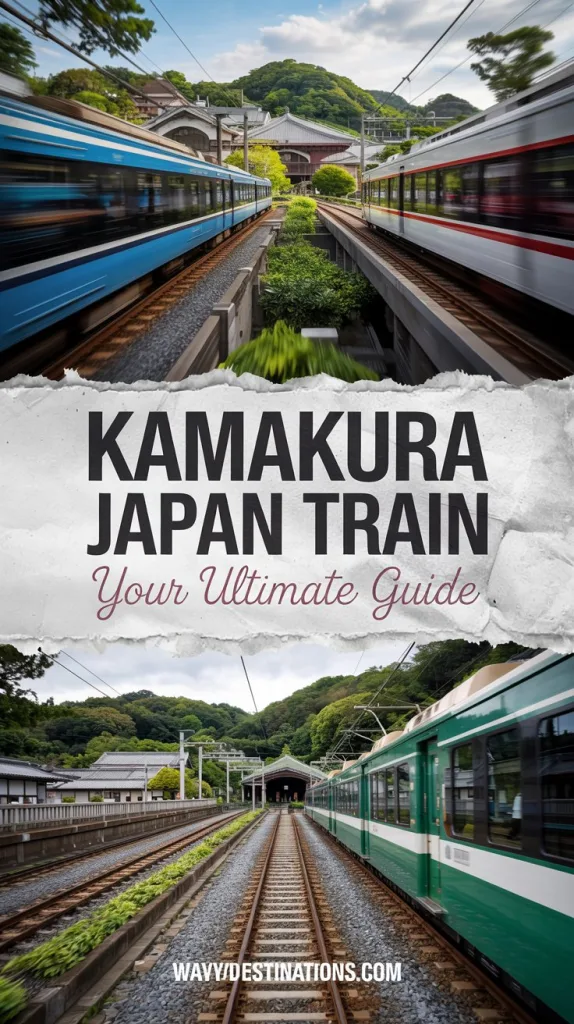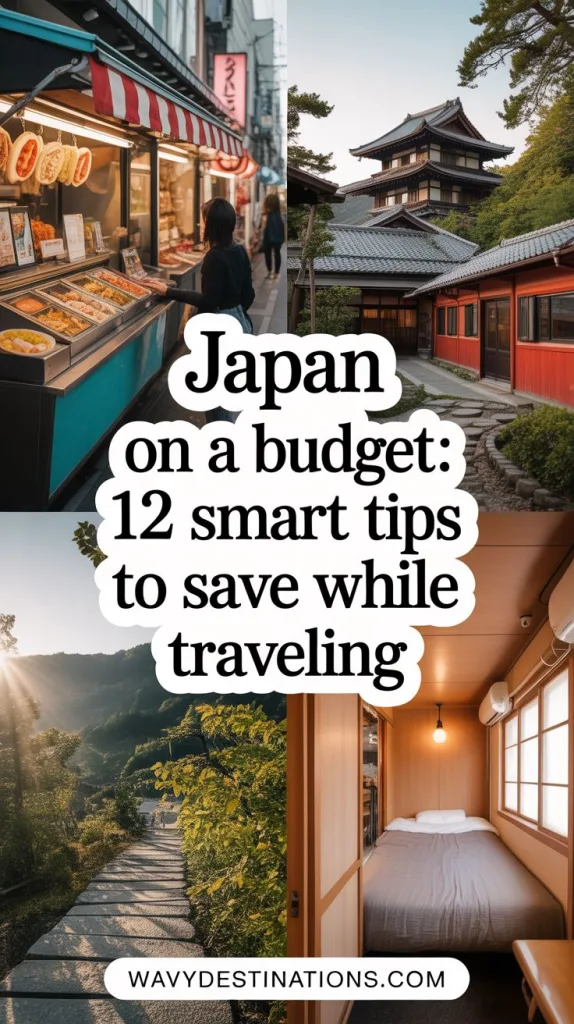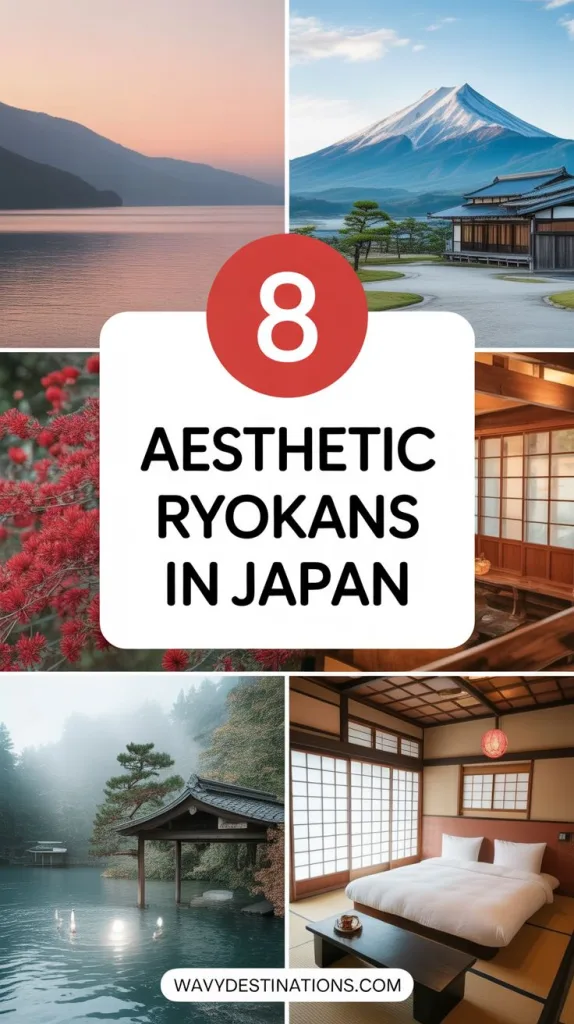Japan Festivals: Top Celebrations & Travel Guide
Discover Japan Festivals in 2025! From Kyoto’s Gion Matsuri to Sapporo’s Snow Festival, explore traditions, food, and celebrations across every season.
Ever thought about planning a trip to Japan and wondered, “When’s the best time to go?” Well, let me tell you a secret—if you really want to experience the soul of Japan, you’ve got to go during one of its festivals.
From fire-lit mountainsides to streets filled with dancers in colorful kimonos, Japan Festivals are nothing short of magical.
I still remember my first visit to a summer matsuri (festival) in Osaka. The energy was contagious, the food stalls smelled divine, and honestly, I couldn’t stop smiling the whole night.
That’s when I realized—festivals in Japan aren’t just about tradition; they’re about community, joy, and memories that stick with you forever. So, ready to dive into the vibrant world of Japan Festivals? Let’s go!

The Rich Tapestry of Japan Festivals
Japan has thousands of festivals, or matsuri, happening throughout the year. Some celebrate ancient traditions, while others are all about seasonal beauty. Each festival has its own vibe—some spiritual and serene, others loud and colorful.
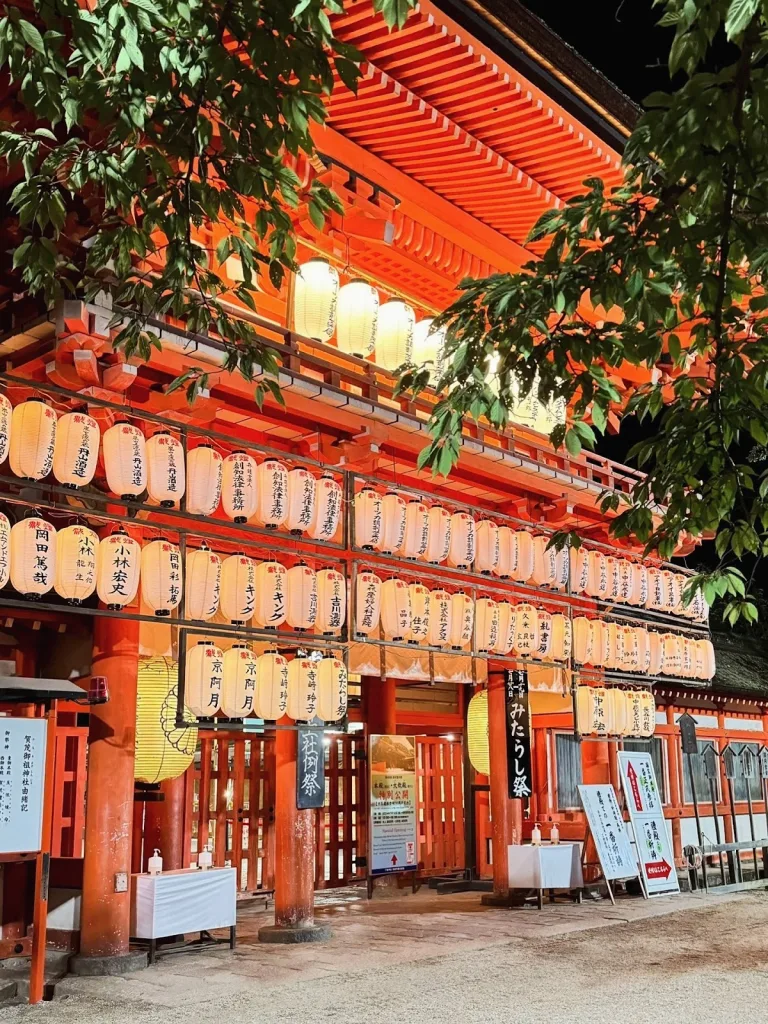
Here’s a breakdown to give you a taste of just how diverse they are.
Seasonal Festivals in Japan
- Spring Festivals: Famous for cherry blossoms 🌸, spring festivals often include hanami (flower-viewing parties) and Shinto rituals.
- Summer Festivals: Think fireworks, yukata (casual summer kimonos), and lively dances.
- Autumn Festivals: Celebrate harvest and gratitude with parades and cultural performances.
- Winter Festivals: Snow sculptures, lanterns, and cozy food stalls make these especially magical.
Top Must-See Japan Festivals
Let’s get into the fun part—some of the most famous and unforgettable festivals across Japan.
1. Gion Matsuri (Kyoto)
One of Japan’s oldest and most iconic celebrations, Gion Matsuri in Kyoto lasts the entire month of July, it’s a month-long celebration dating back over 1,100 years. The main highlight of Gion Matsuri is the grand yamaboko float parades held on July 17 and 24. Famous for its grand floats, traditional processions, and festive atmosphere, it perfectly blends history with modern-day charm, drawing visitors from all over the world.
Highlights:
- Gigantic, decorated floats called yamaboko paraded through the streets.
- Traditional clothing and music filling Kyoto with old-world charm.
- Night markets with street food like yakitori, takoyaki, and kakigori (shaved ice).
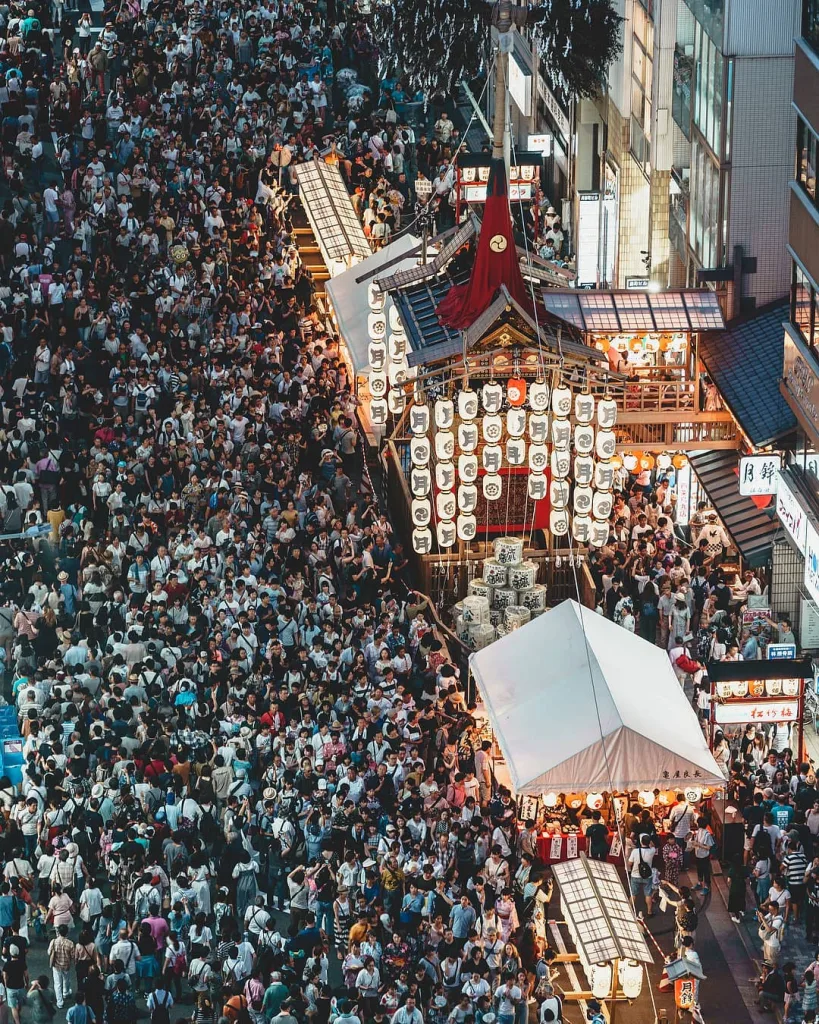
Why it’s special: You feel like you’ve been transported back to Japan’s feudal era.
2. Awa Odori (Tokushima)
Held every August, Awa Odori transforms Tokushima into Japan’s largest dance party. With streets packed with energetic dancers, live music, and colorful costumes, it’s a joyful celebration of movement and rhythm where everyone is invited to join and experience the fun.
- Dance style: Known as the “Fool’s Dance” (don’t worry, it’s fun, not insulting!).
- Outfits: Colorful yukata and straw hats that move with the rhythm.
- Energy level: Through the roof!

Pro tip: Don’t just watch—join in! Visitors are encouraged to dance along with the locals.
3. Nebuta Matsuri (Aomori)
Every August, Nebuta Matsuri in Aomori showcases massive illuminated floats, creating a dazzling night spectacle. With dramatic music, bold warrior designs, and lively chants, this festival is an extraordinary mix of art, culture, and energy that captivates every visitor.
- Floats: Gigantic illuminated floats shaped like warriors, gods, and mythical creatures.
- Music: Accompanied by drums, flutes, and energetic chants of “Rassera! Rassera!”
- Night vibes: The glow of the floats against the dark sky is unforgettable.
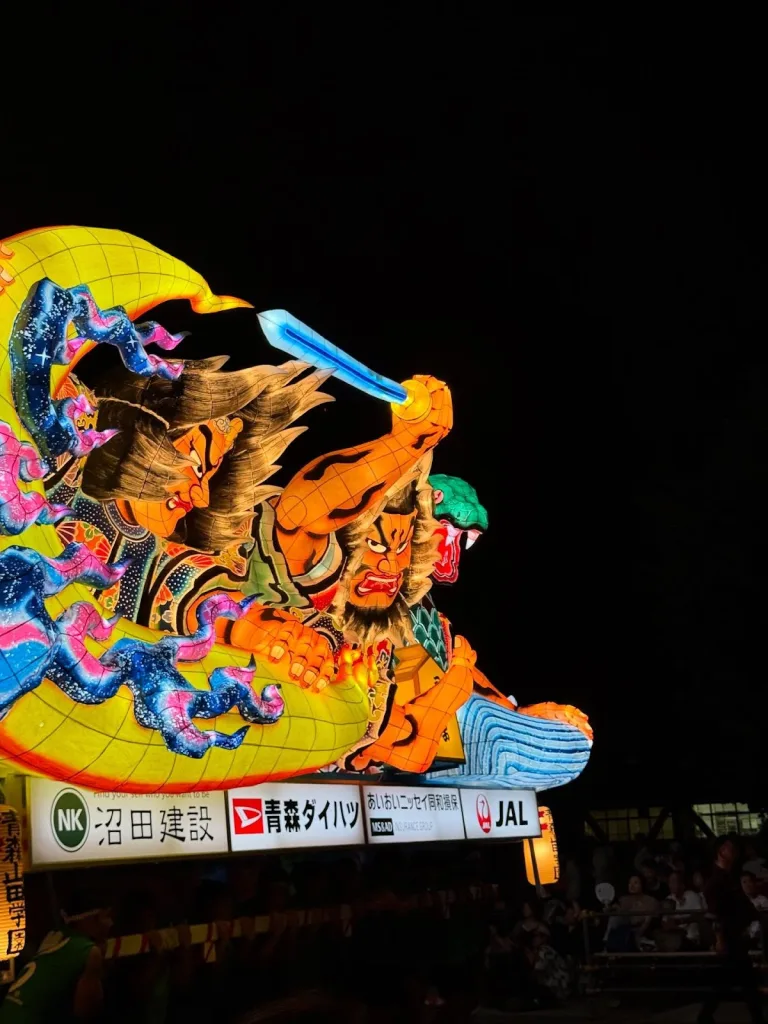
4. Sapporo Snow Festival (Hokkaido)
Taking place every February, Sapporo Snow Festival transforms the city into a frozen wonderland. From giant snow sculptures to fun activities like ice slides, it’s a must-see event that combines winter beauty with art, entertainment, and delicious seasonal food. The festival started in 1950 as a small student event and has since grown into one of Japan’s biggest and most famous winter celebrations.
- Sculptures: Massive snow and ice carvings of castles, anime characters, and famous landmarks.
- Attractions: Ice slides, snow mazes, and live music.
- Food stalls: Warm up with miso ramen, grilled seafood, or hot amazake (sweet sake).
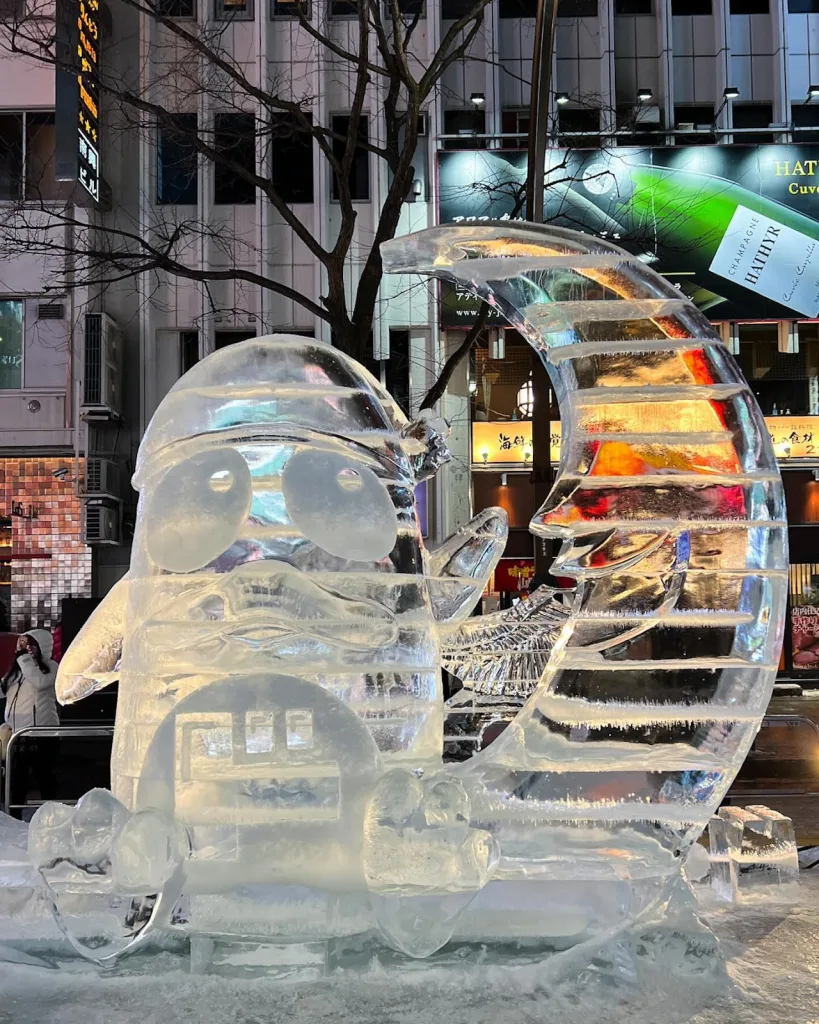
FYI: It attracts millions of visitors, so book hotels early.
5. Kanda Matsuri (Tokyo)
Every May in Tokyo, Kanda Matsuri celebrates prosperity and good fortune with colorful processions and lively performances. Featuring traditional costumes, portable shrines, and a vibrant atmosphere, it’s one of the city’s most exciting festivals, blending history with festive excitement. The festival has been celebrated for over 400 years and is tied to the Tokugawa shogunate, marking it as an important cultural tradition.
- Parade: Portable shrines (mikoshi) carried through the streets by enthusiastic teams.
- Costumes: Samurai armor, traditional robes, and vibrant decorations.
- Atmosphere: A mix of spiritual tradition and party vibes—Tokyo-style!

6. Tenjin Matsuri (Osaka)
Osaka’s Tenjin Matsuri in July is one of Japan’s greatest festivals, blending river processions, fireworks, and history. With lantern-lit boats, booming pyrotechnics, and lively celebrations, this event perfectly captures Osaka’s vibrant spirit and love for grand entertainment.
- Boat procession: Dozens of boats, lit with lanterns, float along the Okawa River.
- Fireworks: Explosive displays light up the sky above the river.
- Vibe: A perfect mix of water, fire, and festivity.
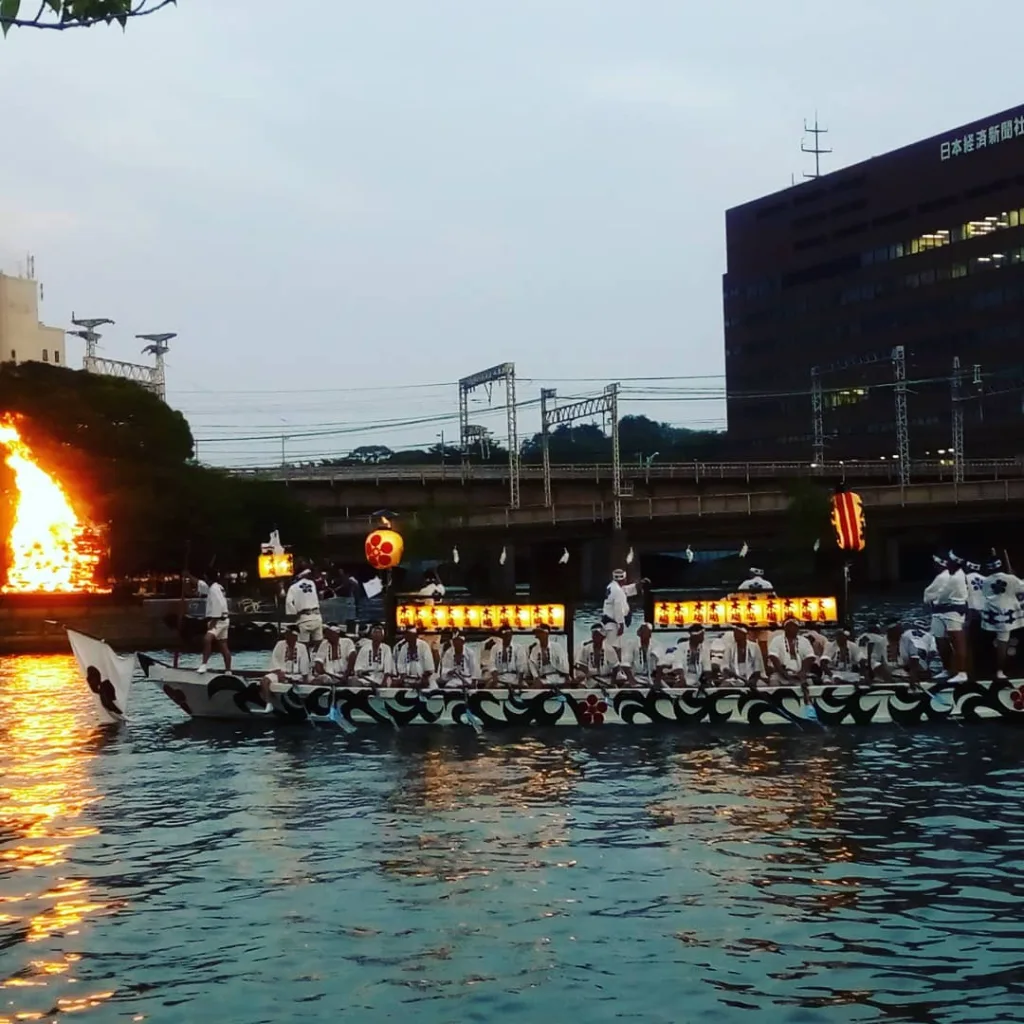
Unique Local Japan Festivals You Probably Haven’t Heard Of
Not all Japan Festivals are internationally famous. Some are hidden gems that give you a peek into local traditions.
1. Hadaka Matsuri (Okayama)
Known as the “Naked Festival,” this thrilling event in Okayama draws thousands of men wearing only loincloths, competing to grab sacred objects tossed by priests. It symbolizes bravery, purification, and good fortune, making it one of Japan’s most unique festivals.

2. Otaru Snow Light Path Festival (Hokkaido)
Every February, Otaru Snow Light Path Festival transforms this canal town into a romantic wonderland. With glowing lanterns, illuminated snow sculptures, and serene pathways, it’s a dreamy winter experience perfect for couples, families, and travelers who love magical nighttime scenery.

Kishiwada Danjiri Matsuri (Osaka Prefecture)
Held each September, Kishiwada Danjiri Matsuri is all about speed and excitement. Giant wooden floats are pulled through narrow streets at high speeds, with teams competing passionately. The intense energy, community pride, and dramatic atmosphere make this festival unforgettable for spectators.

Why Japan Festivals Are So Special?
So, what makes Japan Festivals stand out compared to festivals elsewhere?
- Blend of Tradition and Modern Fun: You’ll see centuries-old rituals alongside food stalls selling anime-themed snacks.
- Community Spirit: Festivals bring locals together, and visitors are always welcomed with open arms.
- Immersive Experience: It’s not just about watching—you can dance, eat, and even join parades.
Tips for Enjoying Japan Festivals Like a Local
- Plan ahead: Festivals draw huge crowds, so book accommodations early.
- Dress the part: Wear a yukata in summer or cozy layers in winter.
- Try the food: Don’t miss out on takoyaki, yakisoba, or taiyaki.
- Be respectful: Follow festival etiquette—like bowing at shrines or not pushing in crowded areas.
When’s the Best Time to Visit for Festivals?
Honestly, it depends on what vibe you’re after.
- Spring (March–May): Cherry blossoms + hanami parties.
- Summer (June–August): Fireworks, dances, and energetic matsuri.
- Autumn (September–November): Gorgeous foliage + harvest celebrations.
- Winter (December–February): Snow festivals and lantern-lit nights.
IMO, summer festivals are the most fun if you love energy and excitement, but winter festivals are the most magical. 😊
Final Thoughts: Time to Experience Japan Festivals Yourself
So there you have it—a whirlwind tour through some of the most vibrant and unforgettable Japan Festivals. Whether you’re into traditional dances, giant illuminated floats, or magical snow sculptures, there’s truly something for everyone.
Here’s my advice: don’t just read about them, go experience them. Festivals in Japan aren’t just events; they’re memories waiting to happen. Next time you plan a trip, time it with a festival, and you’ll see Japan in a whole new light.
After all, isn’t that what travel’s all about—finding those unforgettable, joy-filled moments? ✨




